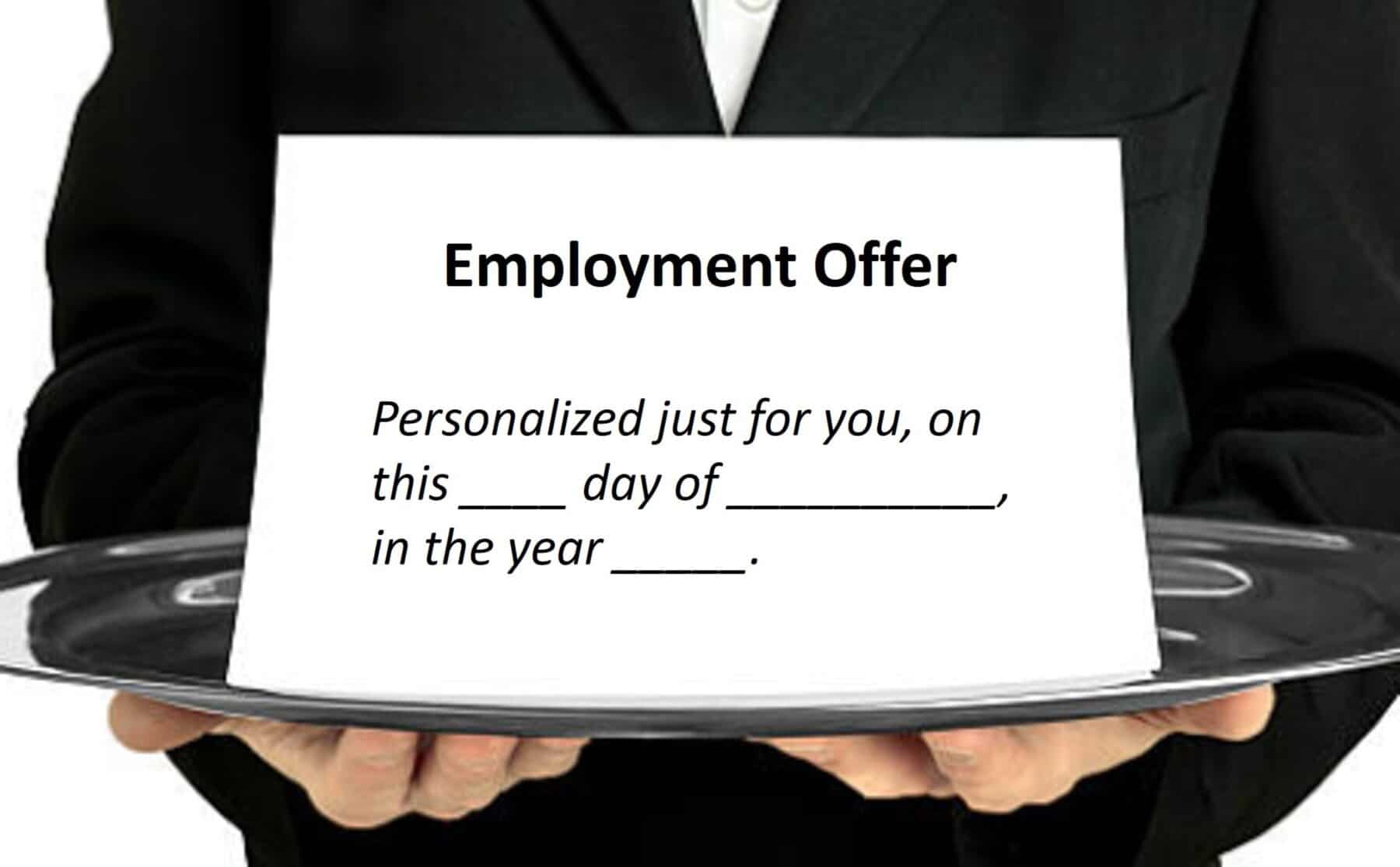To say that it’s been interesting to watch employment trends over the past two years is definitely an understatement! These days, it seems statistics can’t be gathered and published quickly enough for businesses to be able to consume the data and strategically react to labor market changes. What an historic ride as HR creatively navigates the sharp twists and turns between furloughs, remote work and labor shortages!
I spent a good portion of the early summer digging into labor market data while researching the topic of contingent labor for one of our Sapient research papers. As a bit of a data nerd and one who has always been curious about how we define and structure work, I was fascinated to explore many aspects of contingent labor across countries and delve into the realities behind the trends toward contingent labor and the predicted future growth of freelancing and self-employment. Personally, self-employment has been my preferred path for well over a decade, as it was really the only avenue that allowed me to work at the level I wanted and yet have some freedom to control my own time and balance work with motherhood. Shortly after having both my kids, I began contracting. I did both quick freelance gigs and held long-term contracts, and, when employers pressed (normally because they only had budget for headcount vs true money to spend on contractors), I took on the work as an employee. I will always appreciate the intrinsic benefits I gained by working full time (most notably, the career growth and professional development afforded to me as a full-timer vs a contract employee) but, having experienced both, I am clearly a fan of self-employment and contracting over the many restrictions I see with full-time work.
In seeing both the growth of contingent labor and the labor shortage in most industries, I can’t help but be fascinated with the current shift in power between employers and workers, with scarce talent being ever more able to call the shots and define how they prefer to work. On the other hand, many companies and industries as a whole are struggling to make commitments to full-time employment in the face of ever-changing business environments. It makes me wonder if we need to do away with some of the complexities of today’s worker classifications and associated legalities and taxation structures altogether and hit the reset button to redefine the manner in which “jobs” and “work” are structured. The all-or-nothing formula of full-time employment, the precarious nature of contingent work, and the tethering of benefits to payroll is all proving to be problematic for both workers and employers. So, what do we construct instead? We know the history of full-time employment and the securities that model provided to both employees and employers but, here in North America, we are only starting to test out a growing freelancing and contracting model and we have much to tweak in our HR practices and systems as contingent work rapidly grows.
With so many thoughts in my head regarding contingent labor for most of July, I was then personally involved in an interesting August hiring decision through a board position I hold. This is a not-for-profit organization faced with the decision to hire a new lead resource after years of using a combination of part-time contractors. The candidate we were making the offer to was well qualified and there were no debates about her abilities and fit for the role but the sheer confusion in board discussions about the nature of the offer was a sure sign of how overly complex employment has become. For the most part, the board members are people who have been running their own businesses for years but there was still a ton of confusion between contract vs employee status, a belief that full-time was automatically synonymous with employee status and even more confusion when discussing legalities, payroll and benefits for a contractor vs a permanent employee. Given that this organization is uncertain about future funding, and that we are uncertain of future business activities due to possible Covid restrictions, we decided we couldn’t make an offer of permanent employment so agreed to proceed with a full-time, one-year contract.
In presenting the offer to the candidate, the compensation was agreeable and the candidate was keen to get started in the new role but she did push back and questioned the decision to make this a one-year contract. Given everything we are hearing about millennials preferring freelancing and the associated freedoms and higher take-home pay associated with contracting, we didn’t think there would be a question about the one-year contract. We explained our decision, and luckily, the candidate accepted, even though she would have preferred the security of permanent employment.
For me, this offer scenario lingered in my mind. We did the right thing for the organization in structuring a fixed term contract, but what if this lead candidate had turned down the offer? We likely would have taken the risk and offered full-time employment just to secure her but we are small enough to make such decisions on a case by case basis. In this super competitive environment, should companies take a more personalized approach to hiring and offer candidates a choice in type of employment? (The stats on what choices workers make would be fascinating!)
I’d love to hear from HR professionals, in-house accountants, corporate tax professionals, labor lawyers/attorneys and business leaders. You each have unique perspectives on contingent vs permanent employment.
- Have the events of the past 18 months got your company thinking about a need to redefine the balance between contingent workers and permanent employees?
- Have you made any changes to your annual budgeting process to allow more flexibility for business units to choose to hire via an external contractor spending fund instead of the FTE headcount that traditionally gets prescribed to business units?
- Are you in favor of allowing contracting to continue to grow if that’s what the candidates prefer, or is a lack of permanent employee bench strength too scary?
- Do you view government classifications of workers and the associated nuances in taxation and legalities as being overly complex and no longer serving current employer and employee needs for flexibility?
- From a social responsibility perspective, do you hear shareholder concerns about FTE or should we all just adopt a standard reporting on total labor costs?
We can easily look back in time to know what the world of work looked like when the majority of work was structured as full-time, permanent employment and, we know that didn’t work well for everyone. But we don’t have a crystal ball to peek forward, we can only adjust, adapt and course correct as we go. Do you feel we’re on the right path in moving toward more contingent work.


